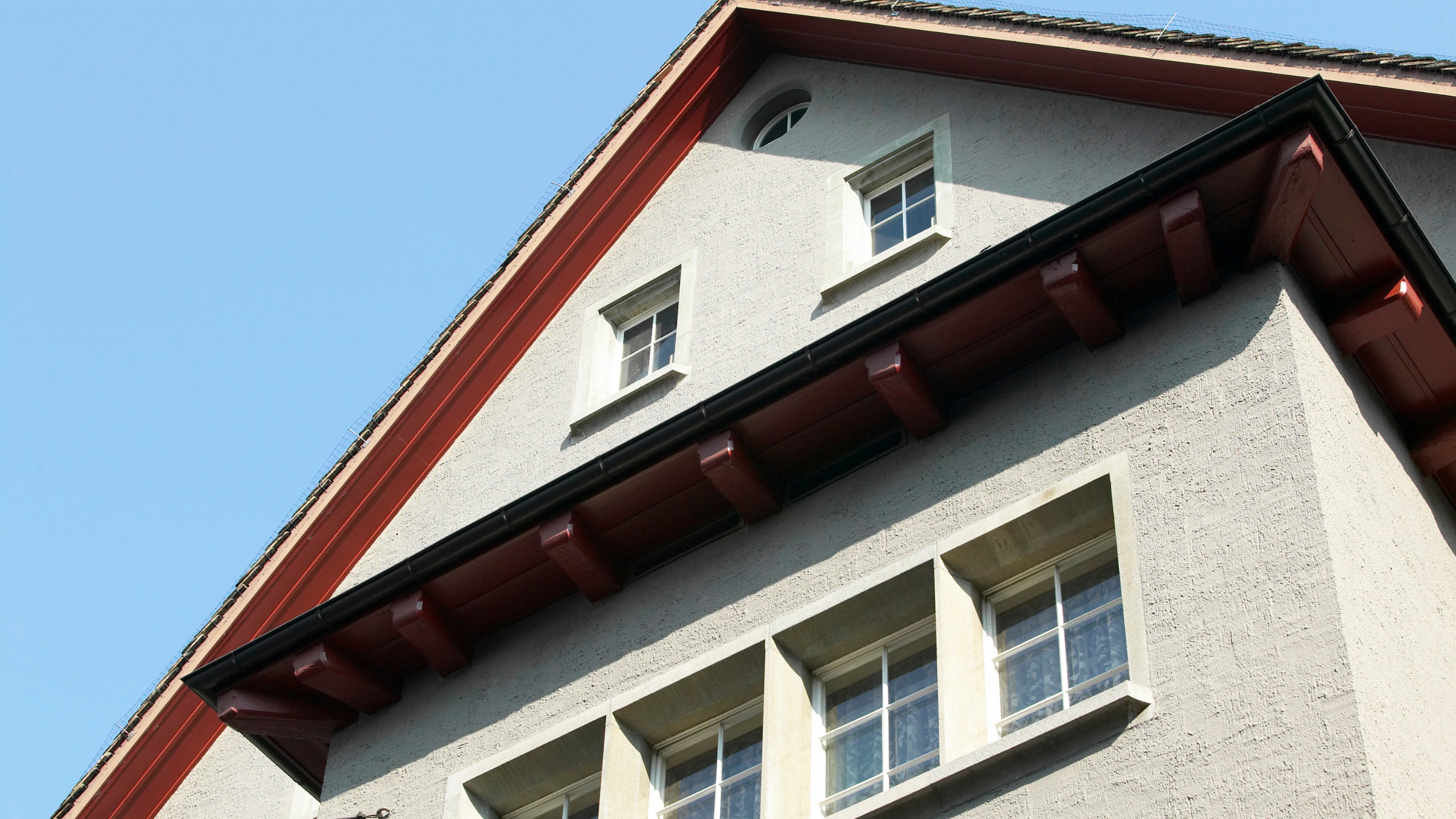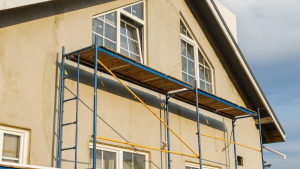Stucco is a popular choice in building because it’s tough, looks nice, and does a good job. People have used it long, even back to the Greeks and Romans. Today, we’ll discuss why stucco is great and how people use it now. It works well on big fancy buildings and cozy homes with a Mediterranean style. People like it because it fits lots of different styles. Plus, it’s good for the environment because it keeps buildings warm in the winter and cool in the summer which saves energy.
Stucco is a tough outside layer that lasts long and doesn’t need much fixing. You can choose from lots of different looks to make it match your style. Whether it’s a small house or a big office building, stucco makes everything look better. People like it because it’s both practical and looks nice, which is why it’s always a top pick for building projects.
Our portfolio encompasses a diverse range of projects, from towering high-rises in Manhattan to charming brownstones in Hoboken, multiple dwellings in Jersey City, and expansive commercial warehouses in Bayonne. Additionally, we’ve had the privilege of working on some of the most esteemed residential estates throughout New Jersey and New York. At CMB Wayne Stucco & EIFS, we’re equipped to handle projects of any size or scope. Let us guide you in selecting the ideal systems and options tailored to your property’s needs. Reach out to us today at (973) 314-2808!
The Foundation: Stucco’s Enduring Strength
Stucco is really strong and can handle tough weather like rain and extreme temperatures. It’s been improved over many years to last even longer. Once it dries, it becomes a solid shield, protecting buildings from the elements. Because it lasts a long time and makes buildings stronger, it’s a top choice for covering the outside of structures. Stucco has been around for a long time and remains popular because it’s strong, reliable, and looks good, making it a favorite for many generations.
A Tapestry of Tradition and Innovation
Stucco embodies a rich tradition of amalgamating ancient principles with contemporary innovations. Its adhesive properties allow it to adhere to various surfaces, including metal, wire, or concrete, rendering it suitable for many architectural styles, from traditional to ultra-modern. As a versatile medium, stucco offers architects a blank canvas for unleashing their creativity. Continuously evolving and advancing, it integrates age-old techniques with novel methodologies to fortify and embellish structures, epitomizing strength, and aesthetic allure.
Beyond Beauty: Functionality and Performance
Stucco does more than just look good; it’s tough and has special features that are really important for keeping buildings safe and insulated. It helps keep buildings warm and protected from fires, crucial for homes and big buildings. There are many types of stucco to choose from, like the traditional cement-based ones or newer ones with special ingredients. For example, elastomeric stucco is stretchy and can cover up cracks well, making buildings stronger for longer. Stucco is well-known in construction because it’s reliable and does a great job of keeping buildings safe and strong.
The Artistry of Application
Applying stucco is akin to crafting a masterpiece through three meticulous stages:
- The application of a base coat
- The addition of a middle coat
- Finishing with a coat of color or texture
Each layer is carefully placed to make the building strong and look good. Stucco is very flexible, so you can make it look however you want – from smooth and shiny to textured like stone or lace. You can add colors or special coatings to make it even more customized, like making it stretchy for extra strength. Stucco isn’t just for building; it’s like an artist’s canvas, letting builders create amazing things that last a long time.
The Different Stucco Types of Exterior Plaster
Several varieties of stucco exist, each distinguished by its unique attributes and intended uses. Common types of exterior plaster encompass:
- Traditional Cement-Based Stucco: Comprising cement, sand, and water, this stucco variant is widely favored for its durability and robustness. Renowned for its ability to withstand diverse weather conditions, traditional cement-based stucco is an ideal choice for various architectural styles.
- Synthetic Stucco (Acrylic-Based): Crafted from Exterior Insulation and Finish System (EIFS), acrylic resins, polymers, and aggregates, synthetic stucco offers heightened flexibility, facilitating greater design versatility and resistance against cracking. Its adaptability and user-friendly nature make it a popular option in modern construction projects.
- Elastomeric Stucco: Infused with elastomers for enhanced flexibility and elasticity, elastomeric stucco is engineered to bridge minor cracks and thwart water penetration, rendering it particularly suitable for regions with variable climates and high moisture levels. It finds utility in seismic-prone areas and locations requiring added moisture protection.
- Lime-Based Stucco: Also known as traditional or historic stucco, lime-based stucco comprises lime, sand, and water. Esteemed for its breathability and compatibility with historic structures, lime-based stucco exhibits a softer, more flexible nature than its cement-based counterpart, making it less prone to cracking and more forgiving in historic restoration endeavors.
- One-Coat Stucco: This single-layer stucco system amalgamates the brown coat, finish coat, and scratch coat into a unified application, streamlining the stucco installation process and reducing labor and material expenses. Typically enriched with additives to enhance adhesion and durability, one-coat stucco facilitates expedited construction timelines.
Conclusion:
In conclusion, stucco is a testament to architecture’s enduring fusion of form and function. It transcends mere building materials, embodying strength, durability, and timeless sophistication. As a long-lasting and versatile siding option, stucco seamlessly marries practicality with decorative allure, enriching the exterior of homes and buildings. Its minimal upkeep requirements further elevate its appeal among homeowners and architects. Stucco has solidified its status as a cornerstone siding choice with its capacity to withstand diverse weather conditions, providing insulation, and enhancing structural aesthetics. From antiquity to contemporary construction practices, stucco has remained steadfast, adapting to meet evolving needs while retaining its intrinsic qualities. As we envision the future of construction, let us continue to embrace stucco’s enduring allure and steadfast resilience, ensuring its legacy perseveres for generations to come.


